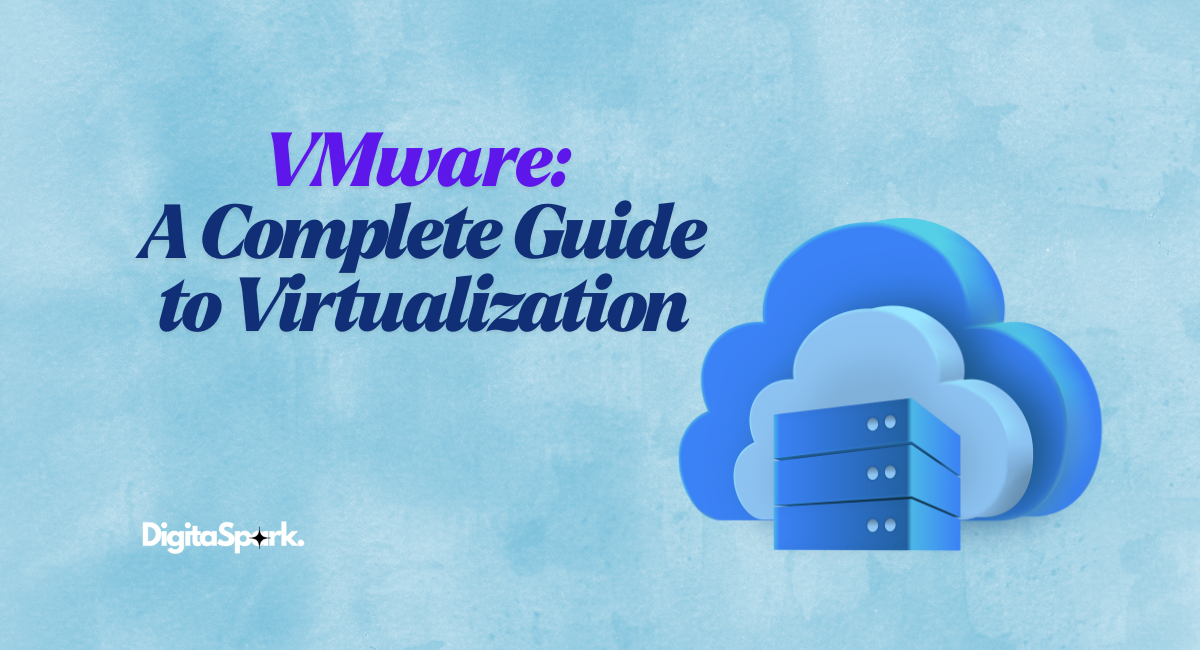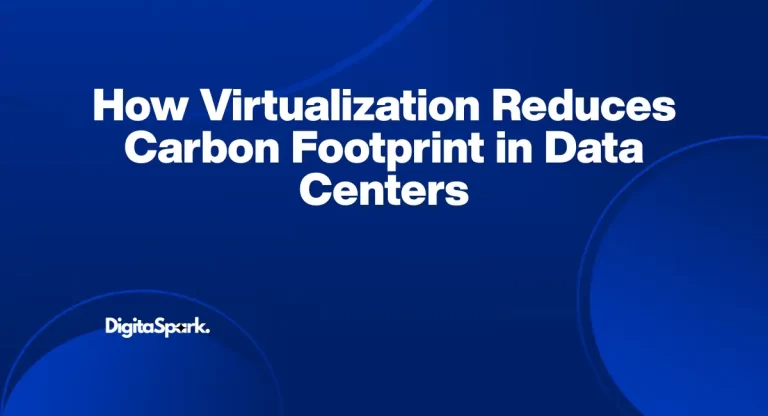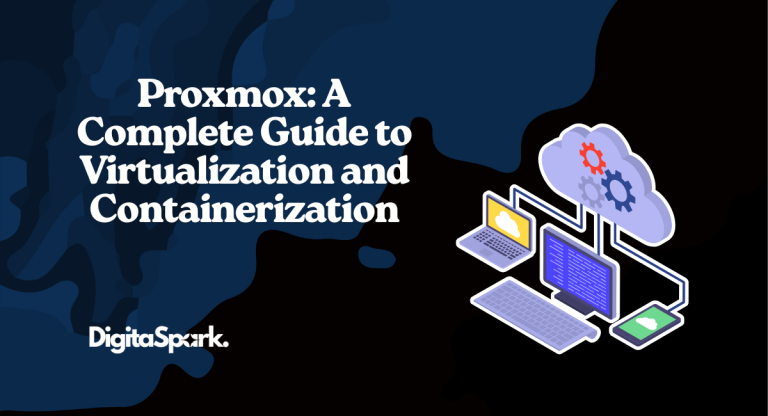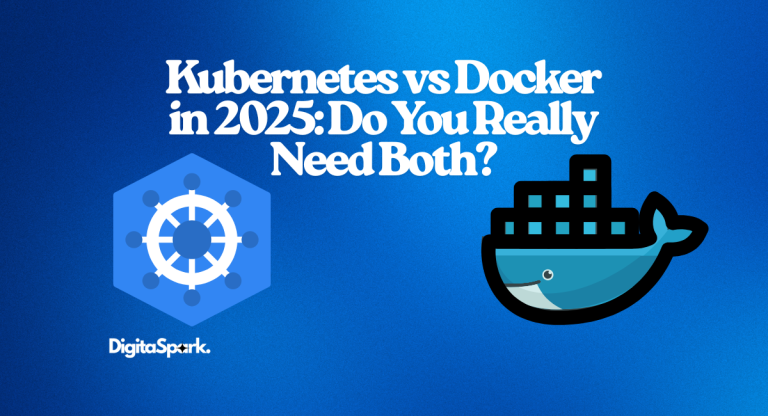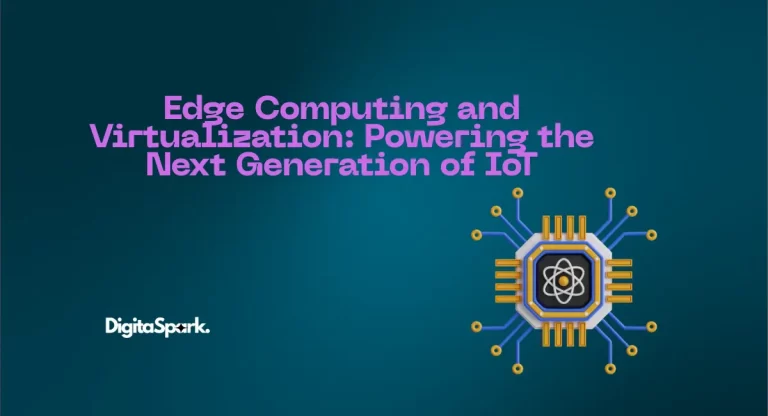VMware: A Complete Guide to Virtualization
Have you ever stopped to think about how big companies manage to run hundreds—sometimes thousands—of servers and applications without stacking up endless rows of physical machines? If you pictured a giant warehouse full of humming servers, you wouldn’t be completely wrong, but that’s not the whole story. The real magic lies in something called virtualization, and one of the biggest names behind it is VMware. If you’re unfamiliar with the concept of virtualization, I have written an in-depth blog about virtualization to cover the basics and set the stage for tools like VMware.
VMware has been helping organizations save money, simplify IT, and make their technology more flexible for over twenty years. And not just for large enterprises—developers, small businesses, and even students tinkering at home have found VMware to be an invaluable resource.
In this article, we’ll explore exactly what VMware is, why it matters, what products it has to offer and how it stacks up against competitors. We’ll also consider its future and why it remains relevant today in an era driven by cloud and container technology.
What is VMware, Really?
At its heart, VMware is a company that builds software to make virtualization possible. Founded back in 1998, it made waves by introducing a way to run multiple operating systems on the same piece of hardware.
Think about your laptop or desktop for a moment. Normally, you install one operating system—Windows, macOS, or Linux—and that’s all it runs. But with VMware technology, you can take that same physical server, and you can divide it into multiple “virtual computers” each running their own operating system, their own applications, and their own roles.
Here is an example on the physical server you could:
- Have a Windows VM that is just for company emails.
- Have a Linux VM powering your website.
- Spin up another VM that acts as secure storage for your files and backups.
All of these would run side by side, isolated from each other, yet sharing the same underlying hardware. That kind of efficiency is why VMware quickly became a game-changer in IT.
Why Virtualization Changed Everything
Before virtualization, running IT infrastructure was messy, expensive, and often wasteful. Every workload usually required its own server. Want to host a database, store files, and run an email service? Congratulations—you’d need three separate machines.
The problem? Most of those machines weren’t working anywhere near full capacity. Imagine buying a massive delivery truck to move just one box. That’s how inefficient things were.
VMware flipped that script. By virtualizing servers, you could run all those workloads on the same machine. The benefits were immediate and obvious:
- Hardware wasn’t sitting idle anymore—it was used to its full potential.
- Businesses saved serious money on equipment, electricity, and maintenance.
- IT teams could create new servers in minutes instead of waiting weeks.
- And when it came to backups, virtual machines could be copied, moved, or restored almost effortlessly.
- That shift alone explains why VMware became a cornerstone of IT departments worldwide.
VMware ESXi: The Foundation of It All
When people mention VMware, you’ll often hear about ESXi. This is VMware’s hypervisor—the special layer of software that makes virtualization possible.
What makes ESXi unique is that it’s a bare-metal hypervisor. In plain English, it installs directly onto your hardware, without needing another operating system underneath. That makes it lean, fast, and secure.
Think of ESXi like a hotel manager who takes a single big building and divides it into independent rooms. Each guest thinks they have the entire space to themselves, but in reality, they’re sharing the same structure.
Exploring VMware’s Ecosystem
VMware isn’t just one product; it is a whole suite of products for different needs. It has developed into an ecosystem over the years that encompasses everything from the desktop to huge data centers.
VMware Workstation: Ideal for developers or IT professionals who want to run multiple operating systems on a single computer. It provides a quick way to test software across multiple environments without the hassle of multiple computers.
VMware Fusion: Designed for Mac users who want to run Windows (or Linux) in addition to macOS. It is a great solution for designers or engineers who love their Macs but need to run Windows-only applications from time to time.
VMware vSphere: This is their flagship enterprise platform. This product comprises ESXi (the hypervisor) and vCenter Server (the management tool), enabling the powering of entire data centers.
VMware Horizon: Focused on virtual desktops and applications. Instead of giving employees physical computers, businesses can provide secure virtual desktops that employees can access from anywhere.
VMware Cloud Solutions: As cloud computing took off, VMware integrated with AWS, Azure, and Google Cloud. Now companies can extend their VMware setups directly into the cloud without starting from scratch.
Together, these products cover everything from the solo developer tinkering at home to the global enterprise running thousands of workloads.
VMware in Everyday Life
What’s cool about VMware is that it’s not only powering massive corporations—it’s also helping smaller businesses and even schools.
A small law firm, for example, can run all of its critical apps on a single VMware-powered server instead of buying three or four separate machines. Schools and universities can offer virtual computer labs, letting students log into VMs from home instead of crowding into physical labs. And in healthcare, VMware ensures that hospital systems remain available and patient records are kept safe, even if hardware fails.
You may not see VMware directly, but chances are you’ve benefited from it without realizing it. The website you shop from, the app you use for banking, or even the services your workplace depends on could be running on VMware in the background.
How VMware Stacks Up Against Competitors
VMware isn’t the only virtualization player in town. Competitors like Microsoft Hyper-V, Citrix, and open-source options such as KVM also exist.
- Microsoft Hyper-V: Popular in Windows-heavy environments because it’s deeply integrated into the Microsoft ecosystem.
- KVM: Free and open-source, which makes it attractive to Linux fans and cost-conscious organizations.
- Citrix: Well-known for its focus on virtual desktops and application delivery.
So why do so many organizations stick with VMware? It comes down to trust and maturity. VMware has been around for over 20 years, and in that time, it has consistently delivered stability, security, and a robust feature set that others sometimes lack.
Security: A Built-In Advantage
Another thing that makes VMware truly special is security. Because virtual machines (VMs) are isolated from one another, if malware infects one VM, it doesn’t necessarily infect the others. That’s significant for organizations wanting to take a “safe” software test or isolate a sensitive workload.
Moreover, VMware includes capabilities such as encrypted VMs, secure boot, role-based access, and micro-segmentation through VMware NSX. Micro-segmentation allows IT teams to control traffic going between VMs/VMs however they like down to the most detailed level. This is beneficial for situations where data is about security, like banking or healthcare.
VMware in the Age of Cloud Computing
You might think that with the rise of cloud computing, VMware’s role would shrink. But the opposite has happened. VMware adapted and now plays a central role in helping companies build hybrid cloud environments.
Take a company that wants to keep its sensitive customer data in-house but run its less critical apps on AWS or Azure. VMware makes that setup possible—and more importantly, seamless. Businesses don’t have to choose between “all cloud” or “all on-premises.” They can have both, thanks to VMware.
What About Containers?
In a tech world captivated by Docker and Kubernetes, there’s been a lot of talk about the relevance of virtualization. However, this conversation has often been framed in adversarial terms. Containers vs. Virtualization, as if they really are enemies. Containers are lightweight and many times, perfect for cloud-native apps. However, they still need infrastructure to run on, and that key element is provided by VMware.
VMware also offers Tanzu, a platform that allows organizations to run Kubernetes workloads and manage their Kubernetes environments directly on VMware environments, so instead of virtualization becoming irrelevant in the container era, VMware is learning how to coexist with containers.
VMware in Action: A Real-World Example
Picture a mid-sized online retailer gearing up for the holiday season. They run:
- A web server for their storefront.
- A database storing customer details and product info.
- An email server.
- Analytics tools to track traffic and sales.
Without virtualization, they’d need multiple physical servers to handle all of that. With VMware, they can run all of these as separate VMs on one powerful server.
When traffic spikes on Black Friday, they simply allocate more resources to the web server VM to keep things running smoothly. Once the rush is over, those resources can be shifted back to other tasks. It’s flexible, cost-effective, and efficient.
The Broadcom Chapter
In 2022 Broadcom purchased VMware, which created some disruption within the IT community. Some were concerned that innovation would now slow down, while others believed VMware would have more resources to grow.
So far, VMware has continued to release updates, support hybrid cloud adoption, and even explore AI-driven operations. While it is unknown what the long-term ramifications of the acquisition may be, one thing is certain: VMware is not going anywhere anytime soon.
Looking Ahead: The Future of VMware
The future of VMware is tied to some of the biggest trends in IT today:
- Automation: IT teams want less manual work, and VMware is moving toward smarter, automated infrastructure.
- AI and machine learning: Predictive analytics and smarter monitoring are being woven into VMware’s platforms.
- Multi-cloud management: As businesses rely on multiple cloud providers, VMware is making it easier to manage them all under one roof.
- Edge computing: VMware is pushing into environments outside traditional data centers—factories, hospitals, and even retail stores.
These directions show that VMware is not just keeping up but also shaping how modern infrastructure is evolving.
Wrapping It Up
VMware is not just virtualization software; it is technology that fundamentally shifted the way we think about computing resources. From saving costs on hardware to enabling flexible, cloud-ready infrastructures, VMware is a mainstay of information technology in industries everywhere.
Whether you are a student introducing yourself to virtualization, a small business wanting to get the most out of your IT budget, or an enterprise toting up critical workloads, VMware offers something for everyone.
Though the technology world is shifting gears towards containers and cloud-first paradigms, VMware has consistently shown its ability to shift its strategies to meet and forge ahead of its peers. Its ability to integrate traditional virtualization with newer cloud and container strategies is a guarantee that it will continue to be a useful technology for the next decade and beyond.
At the end of the day, VMware is not just about software; it is about a new way of thinking. A way of taking previously rigid and single-purpose machines and leveraging adaptable, flexible, scalable, and efficient systems to power our ever-dependent digital world.

